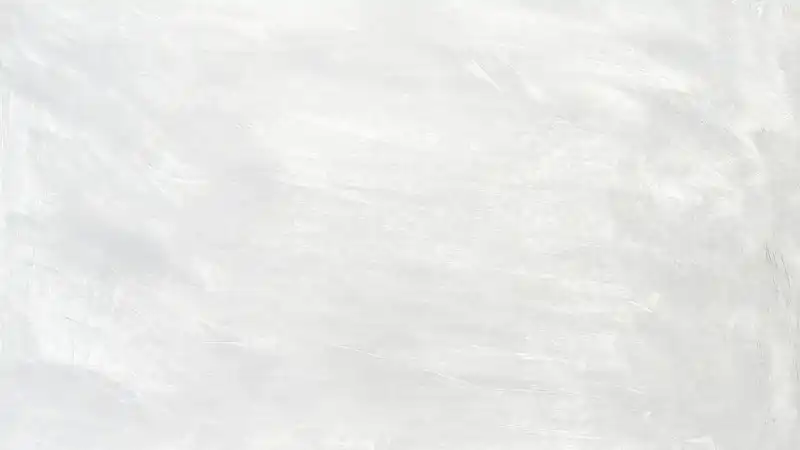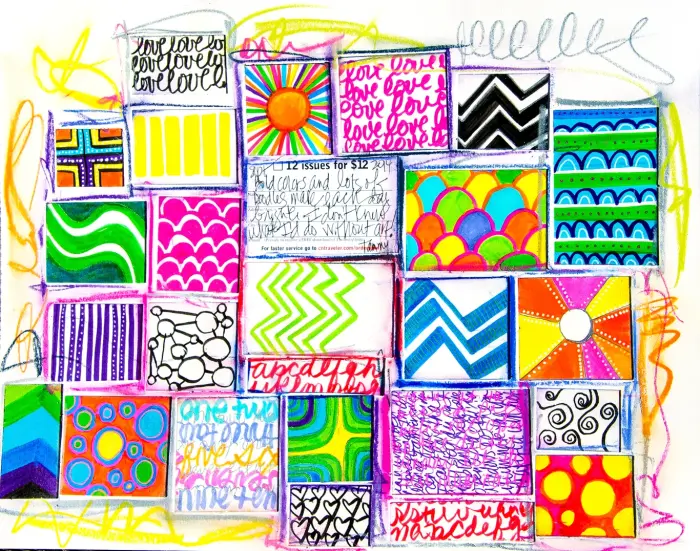What is a Pattern in Art?
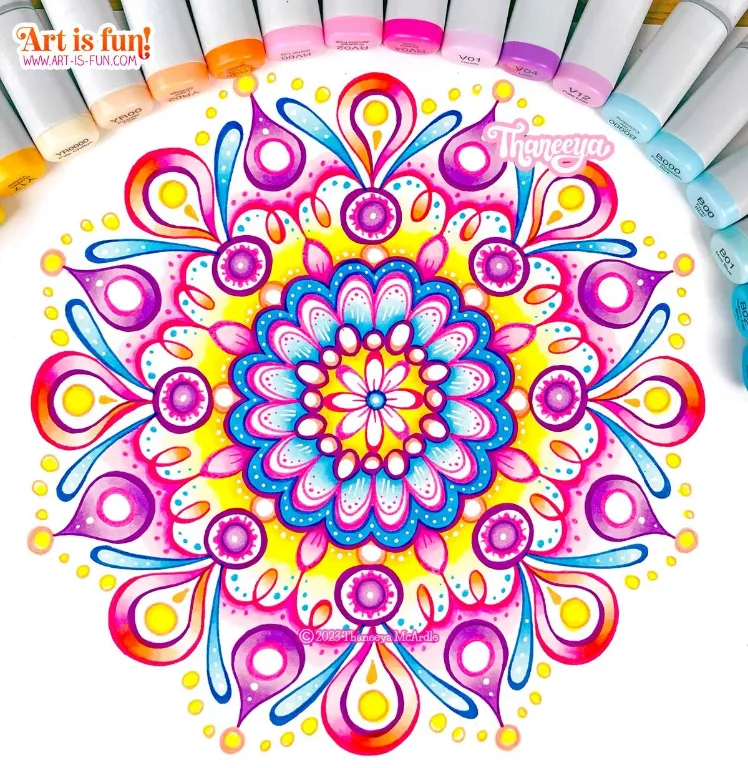
Patterns in art are useful, as they help to catch your eye and be the main feature. At its core, a pattern in art is the deliberate repetition of visual elements. Art patterns are created in a plethora of ways, and they differ in style, shape, color, and other elements. Patterns in art also convey a sense of harmony and balance. An example of a more famous artist using this technique, then Andy Warhol is a popular choice. Andy Warhol's art patterns were not just patterns in art but also an indication of the ideas of consumerism. This repetition creates a sense of rhythm and visual interest, guiding the viewer's eye across the artwork and establishing a visual flow. Another artist who is infamous for his textured patterns is Vincent van Gogh! Vincent van Gogh also used texture to emphasize the pattern, by using curving lines along the branches to symbolize light and shadow.
Think of it as a visual melody, where the repeated elements act as musical notes, creating a harmonious and engaging composition
A Universe of Patterns
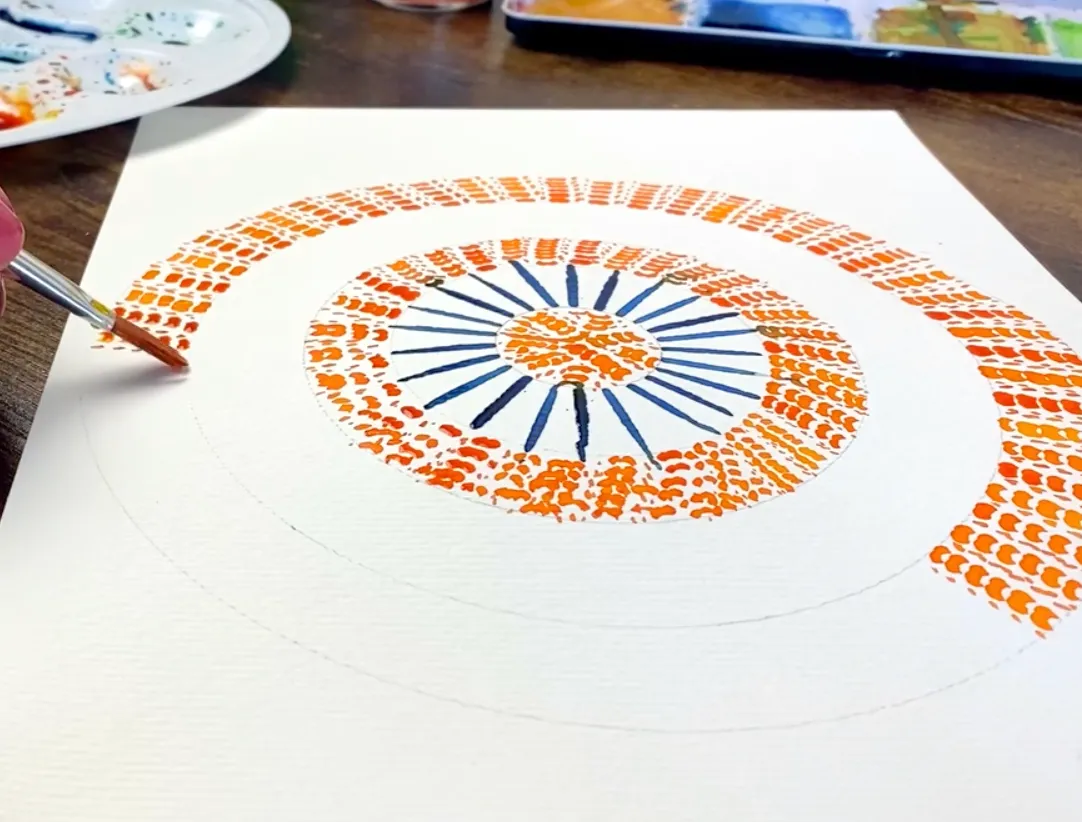
When you think of patterns in art, abstract designs may pop into your head. There are many examples of pattern in artwork, too many to provide an example of each. There are many methods of forming patterns in art. The world of patterns is incredibly diverse and can be broadly categorized into several key types of patterns:
- Geometric Patterns: These patterns are characterized by their precise and often symmetrical arrangements of geometric shapes. Symmetrical patterns relate to regular patterns; they are where the design element is arranged to create a mirrored effect which creates equal visual weight in different parts of the artwork. Think clean straight lines, perfect squares, triangles, circles, and other regular polygons or regular patterns. The patterns created can be a mixture of different types of lines, which can also be used to create optical illusions. They often create a sense of order, structure, and stability, evoking feelings of logic and precision. Circular patterns were used to paint the night sky, which is also filled with swirling clouds.
- Tessellations: A fascinating subset of geometric patterns, tessellations involve tiling a plane with one or more shapes without any gaps or overlaps. Think of the intricate honeycomb structure or the patterns found on tiled floors.
- Abstract Patterns: These patterns are less structured and often evoke emotions or ideas rather than represent concrete objects. They can be organic, flowing, or even chaotic. Think of the swirling lines and vibrant colors of abstract expressionism or the mesmerizing patterns found in Jackson Pollock's drip paintings. Gustav Klimt and his elaborate decorative art are known for being one of the best examples of pattern in art. Many sources also suggest that Klimt's use of eyes as a decorative pattern on her body is evidence of a greater intimacy in the relationship between the artist and his model. Many of his works featured detailed patterns, often with repeating circles or squares woven together to create an overall pattern effect. ‘The Kiss' is a great example of this, where elements such as flowers and leaves are used throughout, and the overall effect is one of.
- Natural Patterns: Inspired by the beauty of nature, these patterns mimic organic forms like leaves, flowers, and animal paintings, and natural phenomena like waves and clouds. They often convey a sense of growth, fluidity, and harmony with the natural world.
Why Patterns Matter
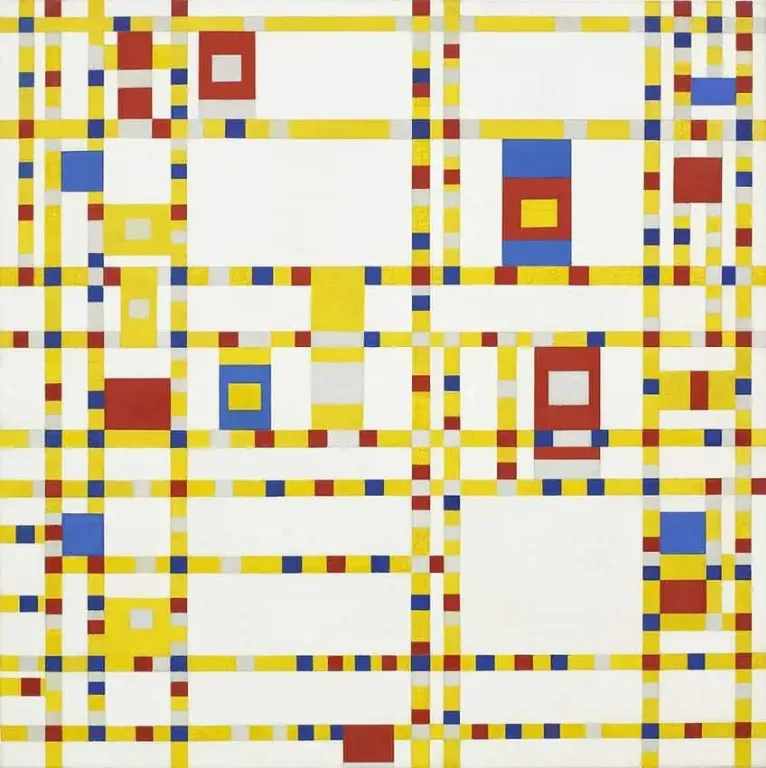
Incorporating patterns into your oil paint offers a wealth of benefits beyond mere visual appeal:
- Visual Interest: Patterns add a dynamic element, preventing your artwork from feeling flat or monotonous. They create visual movement and draw the viewer's attention, making the artwork more engaging and captivating.
- Depth and Dimension: By layering patterns or using varying scales, you can create illusions of depth and dimension. This technique can make a two-dimensional surface appear three-dimensional, adding a new layer of complexity and intrigue to the artwork.
- Emotional Impact: Different patterns evoke different emotions. Geometric patterns can convey order and stability, while organic patterns might suggest growth, fluidity, and harmony with nature. Abstract patterns can evoke a wide range of emotions, from feelings of joy and excitement to feelings of anxiety and unease.
- Cultural Significance: Patterns often carry deep cultural and historical significance, reflecting the beliefs, values, and traditions of different societies. For example, intricate geometric patterns are found in Islamic art, while vibrant floral motifs are prevalent in many cultures around the world. Studying and incorporating these patterns can connect you to the rich tapestry of human history and culture.
- Technical Skill Development: Creating intricate patterns requires a high level of technical skill and precision. This process can help you refine your drawing and painting techniques, improve your hand-eye coordination, and develop a deeper understanding of composition and balance.
Bringing Patterns to Life
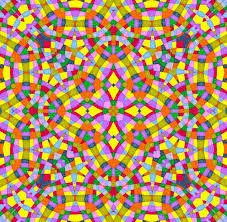
Ready to start experimenting with patterns? Here are some practical tips to get you started:
- Start Simple: Begin with basic shapes like squares, circles, and triangles. Arrange them in different ways to create repetitive, simple patterns. Experiment with grids, lines, and other organizational structures to guide your arrangement.
- Stamping: Use stamps or create your own using cut vegetables, foam, or even natural objects like leaves and flowers. This technique is quick and easy, allowing you to quickly apply repeating motifs. The scale effect is a perfect repeating pattern, but each scale is a pattern formed by increasingly smaller arches forming an irregular pattern.
- Stenciling: Cut stencils from paper or cardboard to create intricate and precise patterns. This technique is particularly useful for creating geometric and organic patterns.
- Freehand Drawing: Practice drawing repetitive elements by hand to develop your own unique style. This requires patience and practice, but it allows for maximum creativity and individuality.
- Digital Tools: Explore digital tools like Photoshop and Illustrator to create and manipulate patterns digitally. These tools offer a wide range of possibilities for experimentation and exploration.
- Find Inspiration in Nature: Observe the intricate patterns found in nature—seashells, leaves, animal fur, the branching patterns of trees, the swirling patterns of clouds, the mesmerizing patterns of ripples on water. Let these natural wonders inspire your own creations.
- Study the Masters: Analyze how renowned artists like Escher, Kandinsky, and Klimt utilized patterns in their work. Study their techniques, observe how they used color and composition to enhance their patterns, and draw inspiration from their innovative approaches.
- Play with Color: Color can dramatically enhance your patterns. Experiment with contrasting colors for a bold effect, or subtle gradients for a more nuanced look. Consider using color to create visual depth and dimension or to emphasize certain elements of your pattern.
- Combine and Layer: Don't be afraid to layer or overlap different patterns to create complex and visually rich compositions. This can create unexpected and intriguing effects, adding a new layer of depth and complexity to your artwork.
Easy Patterns to Get You Started
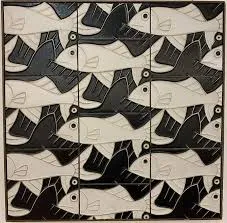
If you're new to the world of patterns, here are some simple yet effective patterns to try:
- Checkerboard: A classic pattern using alternating squares.
- Stripes: Vary the width and spacing of stripes for endless possibilities. Experiment with vertical, horizontal, and diagonal stripes, and consider incorporating varying widths and colors.
- Dots: Create random or organized arrangements of dots. Experiment with different sizes and colors of dots, and try varying the spacing between them.
- Waves: Draw continuous flowing lines to create a sense of movement and energy. Experiment with different wave shapes and amplitudes, and consider incorporating variations in color and line weight.
- Grids: Create a grid using intersecting horizontal and vertical lines. Then, fill in the squares of the grid with different shapes, colors, or textures.
Beyond the Canvas: Patterns in Everyday Life
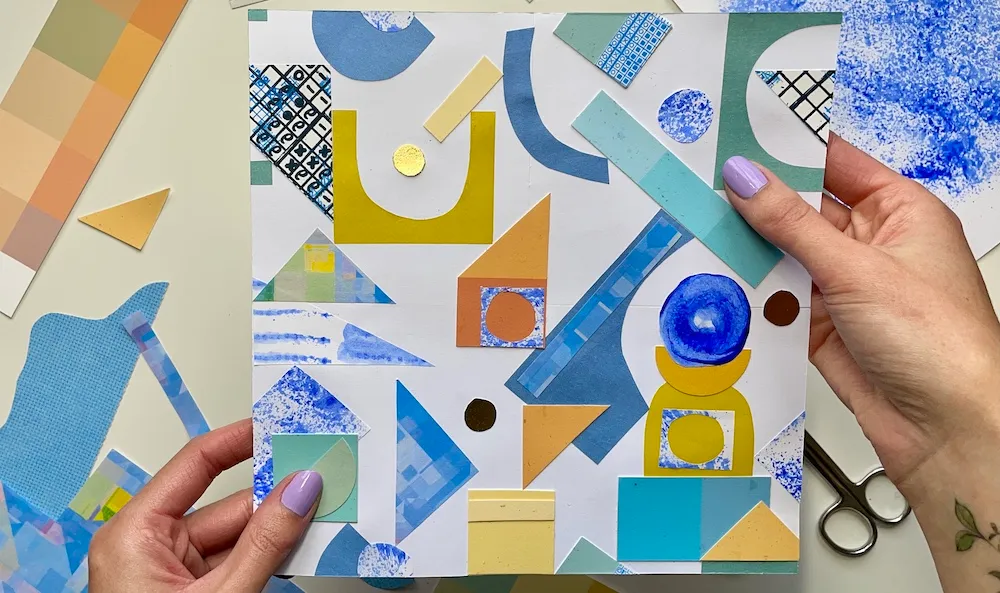
Patterns are not just confined to the realm of fine art. They are ubiquitous in our everyday lives, from the textiles we wear to the architecture that surrounds us.
- Textiles: Patterns are an integral part of textile design, from the intricate weaves of traditional fabrics to the bold prints found on modern clothing.
- Architecture: Patterns are evident in architectural design, from the intricate mosaics found in ancient Roman buildings to the repeating motifs found in modern skyscrapers.
- Nature: As mentioned earlier, nature is a rich source of inspiration for patterns. From the branching patterns of trees to the swirling patterns of galaxies, patterns are everywhere in the natural world.
Conclusion
Incorporating patterns into your art is a journey of exploration and self-expression. It's about experimenting, discovering, and developing your own unique style. By understanding the principles of pattern and experimenting with different techniques, you can unlock a world of creative possibilities.
Don't be afraid to break the rules, to push boundaries, and to let your imagination run wild. The beauty of patterns lies in their versatility and adaptability. Whether you're a seasoned artist or just starting your creative journey, exploring the world of patterns can open up new avenues for artistic expression and lead to truly remarkable and inspiring works of art.




